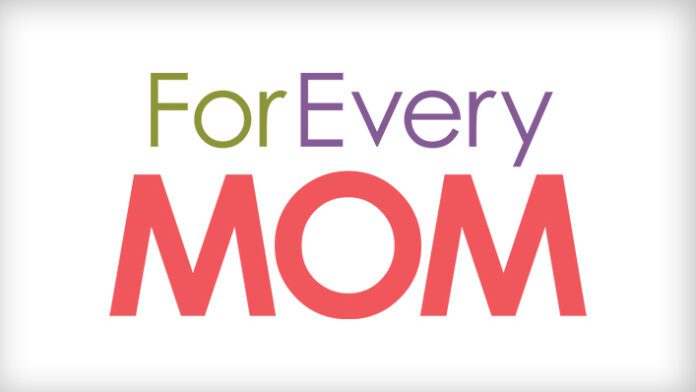With kids returning to the classroom this fall and COVID-19 cases skyrocketing among children, parents and pediatricians across the country find themselves yet again in an unprecedented position when it comes to balancing childhood education, and the safety of our kids.
While the early waves of COVID-19 largely spared children, the latest delta variant has been far less choosey, leading to more child hospitalizations. Nationwide, nearly 94,000 children contracted COVID-19 last week, according to the American Academy of Pediatrics and the Children’s Hospital Association.
As COVID-19 cases and hospitalizations surge among children, health care workers are seeing a new threat to our youngest population: a combination of COVID-19 and respiratory syncytial virus (RSV).
According to the American Academy of Pediatrics, a typical RSV season runs from late fall through the spring with a peak in February. But pediatric hospitals around the country are reporting unseasonably early outbreaks of RSV, many of which are coupled with the highly-transmissible delta variant.
In adults, the respiratory virus usually only causes mild, cold-like symptoms. But in young children, RSV can cause pneumonia and bronchiolitis. The CDC reports it can be life-threatening in children under the age of 5, especially in infants.
About 58,000 children under the age of 5 are hospitalized each year due to RSV, and 100 to 500 die from the virus, according to the CDC.
During the last year, RSV was largely dormant, which experts believe was due to pandemic mitigation measures. Now, in just the last several weeks, thousands of Texas children have tested positive for the virus. The absence of widespread RSV last season means that older babies who would have been at a higher risk last year as infants, are now among the most vulnerable.
At Texas Children’s Hospital in Houston on Thursday, 25 of the 45 hospitalized pediatric patients were diagnosed with both RSV and COVID-19.
There is little data on whether the two viruses together can make a person sicker. But the uptick in cases of both viruses among children could put young patients—who are not eligible for the vaccine—at greater risk.
Dr. Mary Suzanne Whitworth, director of pediatric infectious diseases at Cook Children’s hospital in Fort Worth, said her facility has seen sharp upticks in RSV and COVID-19 as well. Cook has seen around 200 cases of RSV each week for the last month.
“I think that really everyone, nationally, was surprised at how much RSV happened this summer. It’s the first time it’s ever happened like this,” she said.
Health officials are warning parents of babies and young children to be hyper-vigilant in watching for symptoms of both viruses, which similarly include: coughing, lack of appetite, and excessive sleeping and lethargy. They may also suddenly stop breathing.
Experts say the RSV surge originally began in southern states, many of which have the lowest vaccination rates, the most lax mandates, and are in the fourth wave of the pandemic. But there is now evidence of a widespread surge across the country.
With RSV cases spiking and hitting peak-season highs at this time of the year, officials believe they will see a decrease in both RSV cases and COVID-19 cases among children in states where indoor masking mandates and social distancing are returning.
Ultimately, experts warn that there are dark days ahead for this pandemic, and our children are far from immune.


